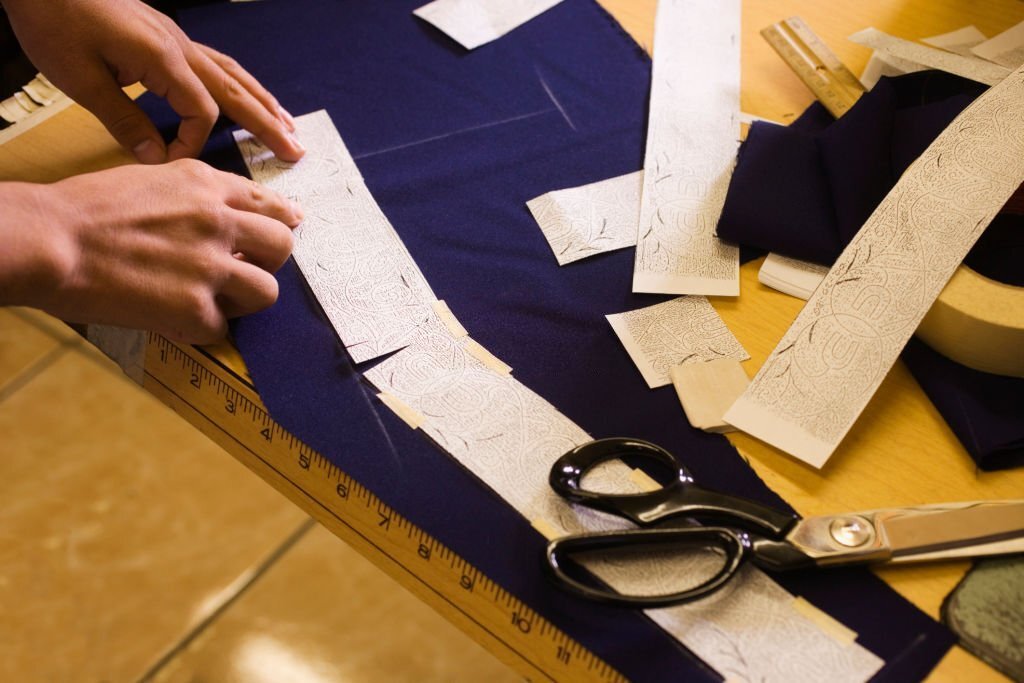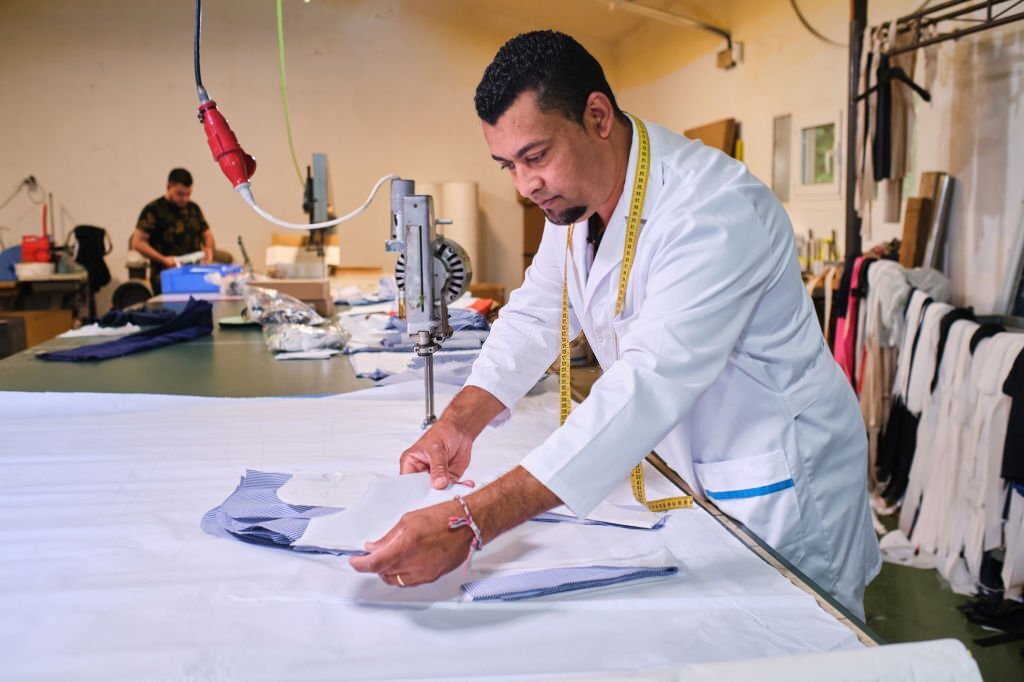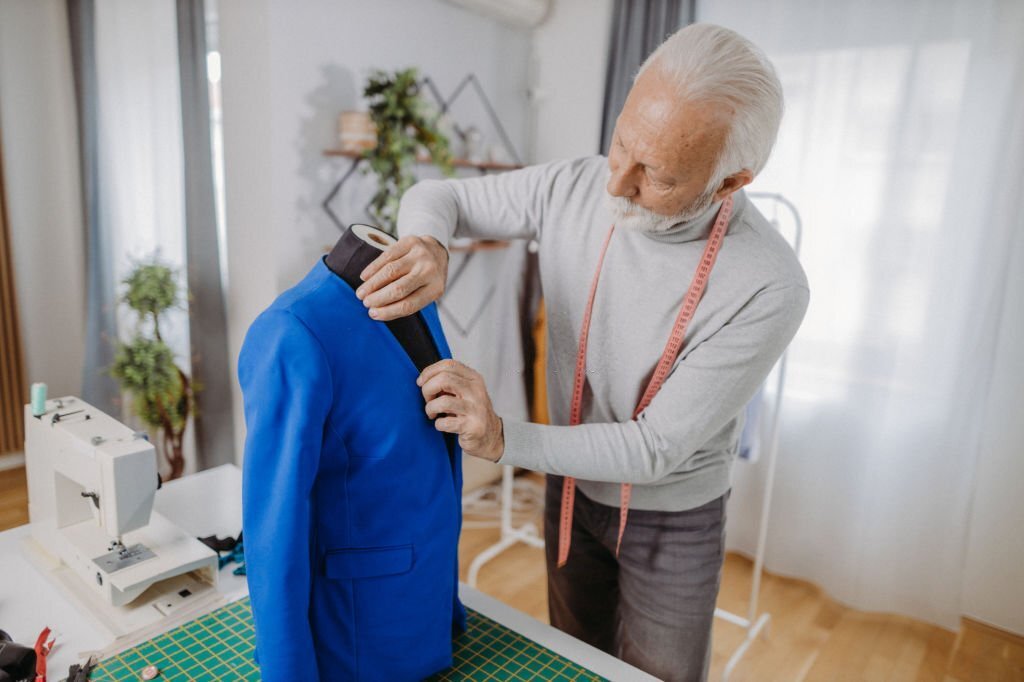What Is ECONYL Fabric? Properties, How It’s Made, and Where It’s Used
Sustainable textiles are reshaping today’s apparel industry, especially as more brands in...
There is always one crucial question that needs to be addressed if your organization has a textile project in mind: “How can we bring it to life?”
You will still need cut-and-sew apparel manufacturing or manufacturers to put it all together whether you have a complete plan of your product with all the specifications and components ready to go or just a concept drawn down on a cocktail napkin.
There are various options available when looking for a cut-and-sew manufacturing sector, so it’s critical to understand which one is appropriate for a given job type.

A cut and sew manufacturer is one of your greatest possibilities. What benefits does a cut-and-sew manufacturer offer? What are the benefits and drawbacks? And, what is a private label?
Here is all the information you need to know about private labels, cut and sew, cut and sew manufacturing, and their advantages.
As opposed to knitting fabric and then cutting and sewing that knit fabric into clothes, “cut and sew” in the apparel manufacturing sector refers to cutting and sewing clothing from purchased fabric. You can learn more about what is cut and sewing clothing is.
Cut and sew meaning: A very old process has been given a new name. It is a design technique where a garment is printed first, then made, as opposed to the other way around.
Typically, businesses and artists buy bulk custom-made t-shirts and have their artwork printed on them. What if the t-shirt design placement guide has some drawbacks, though? You can exercise greater creative control when you cut and sew. New opportunities that are not possible with conventional production are made possible by this type of approach.
Related: A COMPLETE GUIDELINE: TO THE PROCESS OF PRODUCTION OF CLOTHES

Instead of just purchasing mass-produced clothing, personalized clothing can define custom cut n sew services. The person who wants to make something delivers the materials and the pattern to the business, which then fabricates the items by cutting out the pieces and sewing them together.
By removing the necessity for patterns when creating a new brand or original clothing design, the cut and sew apparel manufacturing method has significantly improved the production methods for the clothing industry. It offers a less constrained and more inventive way to create sportswear manufacturing and high-end, stylish apparel.
Knowing more about the advantages of cut and sew apparel manufacturing can help you determine it’s the best option for your brand.
Here are some steps on how to sew a shirt by hand for beginners.
Related: Reference Guide to Different Seam Types
Once the components were cut, they could be finished in less than 30 minutes using a serger and the most basic two-piece pattern. But if you want a professional-looking outcome, it’s more realistic to estimate that it will take a few hours from the time you lay out the t-shirt design ideas to cut it. Also, you can check the complete guide on how t-shirts are mass-produced sewing.
Related: Splendid T-Shirt Design Ideas That Will Last a Lifetime

Several methods, such as sewing or using safety pins, can be used to reduce the size of a shirt. Some techniques are more effective on t-shirts, while others are more effective on button-down shirts.
Related: The Importance of Clothing Samples For your Production Line
When looking for a cut-and-sew manufacturer, consider the type of product you want to produce, the fabrics you need, and the quality level needed for that type of product.
Here are a few characteristics to look for, if you’re trying to find a top-notch cut and sew manufacturer:
Find a person who knows cut-and-sew manufacturing. By doing this, you can be sure that your clothing is sewing to the best possible standards and that you are satisfied with the result.
Consider having your clothing created utilizing the cut and sew process if you want high-quality, durable clothing that captures the distinct essence of your business.